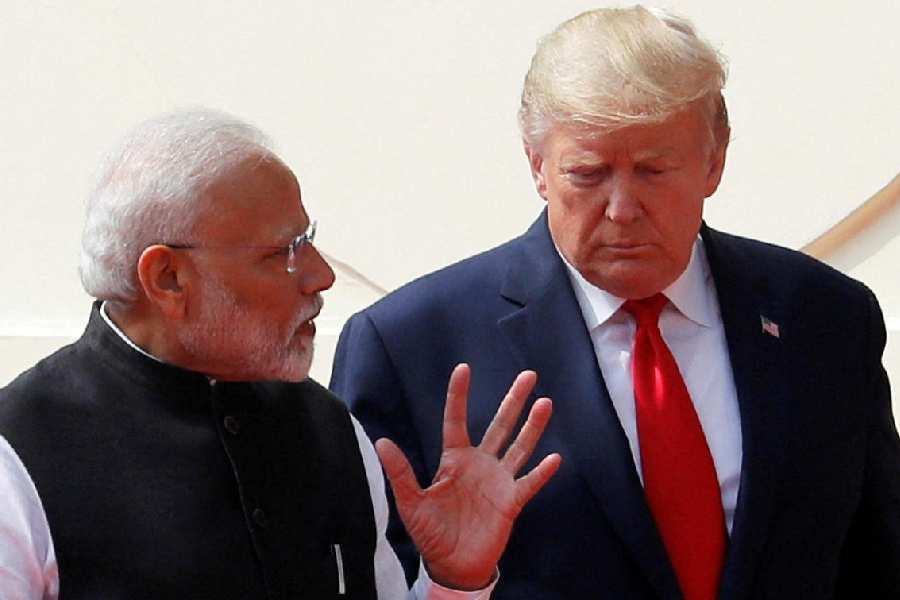
Trump's 50% Tariff Sparks Sharp Decline in US-India Relations

 :
| Updated On: 07-Aug-2025 @ 2:52 pm
:
| Updated On: 07-Aug-2025 @ 2:52 pmSHARE
The United States has imposed a 50% tariff on Indian goods—its highest tariff against any country—due to India’s continued import of Russian oil. This dramatic move has significantly strained US-India relations, which experts now describe as being at their worst point in years. According to analysts, President Donald Trump’s policy clearly favors “onshoring” over “friend-shoring,” prioritizing domestic economic protectionism over international partnerships.
The latest decision includes an additional 25% tariff announced on Wednesday, bringing the total tariff to 50%. It shocked experts, especially since India had been among the first nations to initiate trade talks with Washington, and Trump and Indian Prime Minister Narendra Modi had previously shown strong public camaraderie. Now, only Brazil faces a tariff level comparable to India’s.
Vina Nadjibulla, from the Asia Pacific Foundation of Canada, called the breakdown in trade negotiations surprising and said this is a critical juncture in US-India relations. India now belongs to a small group of countries facing the highest tariff rates without a trade agreement in place, highlighting the urgent need to rebuild trust and find pragmatic solutions.
Recent developments signaled mounting tension. Just a week before the announcement, Trump publicly criticized India for buying Russian oil and arms and labeled both nations “dead economies,” indicating growing frustration with stalled trade discussions.
In 2024, bilateral trade between the US and India reached approximately $212 billion, with a trade surplus of $46 billion in India’s favor. Modi had set a target of $500 billion in bilateral trade over five years. During negotiations, India had offered several trade concessions, including reduced tariffs on US industrial goods and increased defense and energy imports. India even considered cutting taxes on cars despite domestic opposition. However, it refused to ease restrictions on politically sensitive farm and dairy sectors—industries that employ hundreds of millions of Indians—similar to trade stances taken by countries like Canada.
Experts also noted geopolitical tensions underlying the trade issue. One notable flashpoint was Trump’s claim of mediating a ceasefire during the May India-Pakistan conflict, a claim India strongly denied. Pakistan, conversely, praised Trump’s role and even proposed his nomination for the Nobel Peace Prize. Pakistan has since entered mineral and oil agreements with the US, strengthening its diplomatic position after years of uneasy relations under former President Joe Biden.
India now finds itself in a precarious situation, attempting to balance relations with both the US and Russia, its longstanding defense and trade ally. New Delhi condemned the US tariffs as “unfair, unjustified, and unreasonable,” asserting that Russian oil imports are essential for meeting the energy needs of its 1.4 billion citizens. Analysts like Farwa Aamer warned that the challenge will test India’s foreign policy resilience and strategic autonomy.
To mitigate risks, India is strengthening trade ties elsewhere—signing new agreements with the UK and negotiating with the EU. It is also working to stabilize relations with China. Prime Minister Modi plans to attend the Shanghai Cooperation Organisation summit in China—his first visit since the 2020 Galwan clash.
Meanwhile, the US tariff blow threatens India’s ambitions as a global manufacturing hub. Companies like Apple have already begun assembling iPhones in India, but the high tariffs and uncertainty may deter further investments. Nadjibulla concluded, “Trump has made it clear—he’s focused on onshoring, not friend-shoring.”